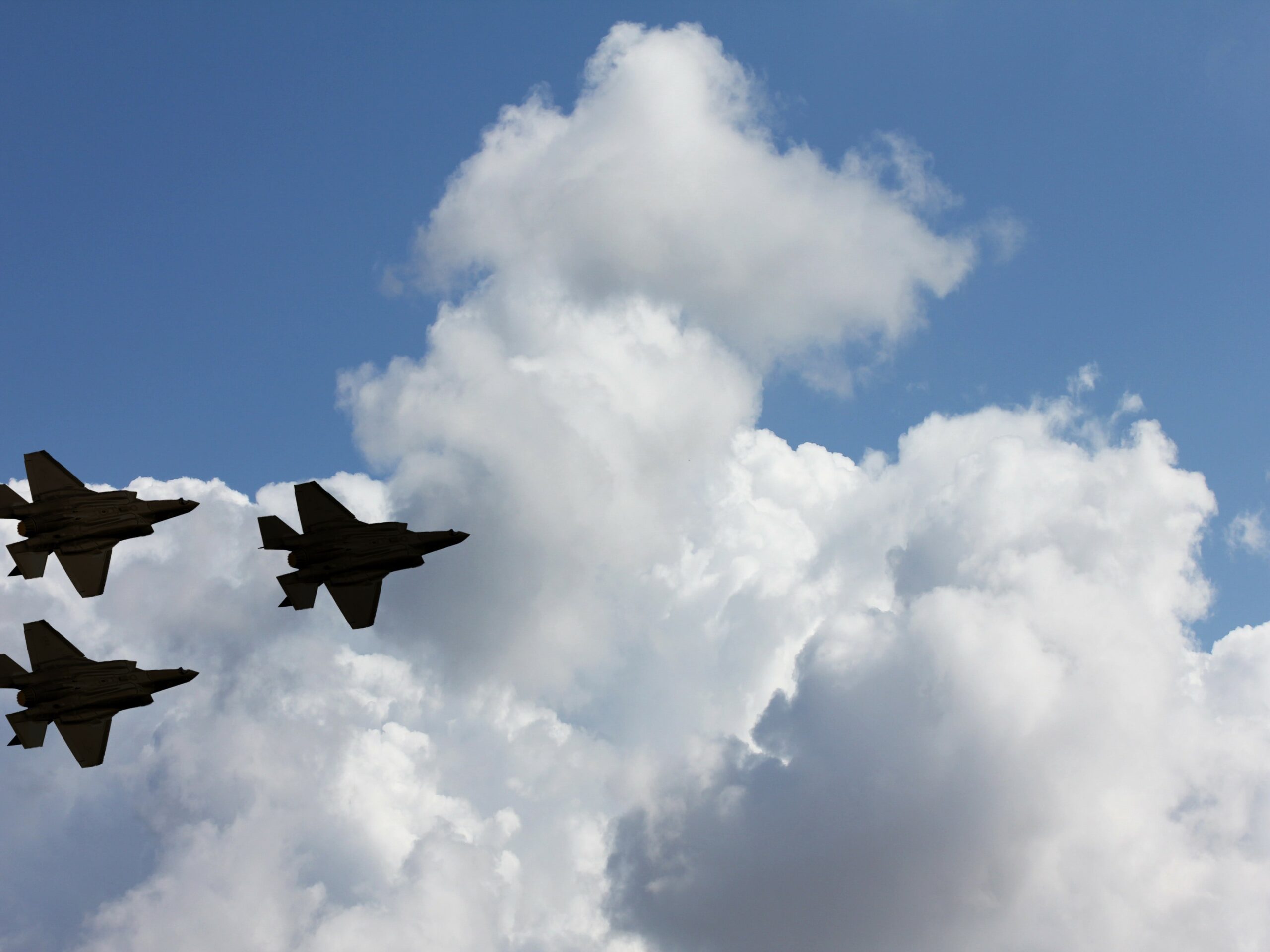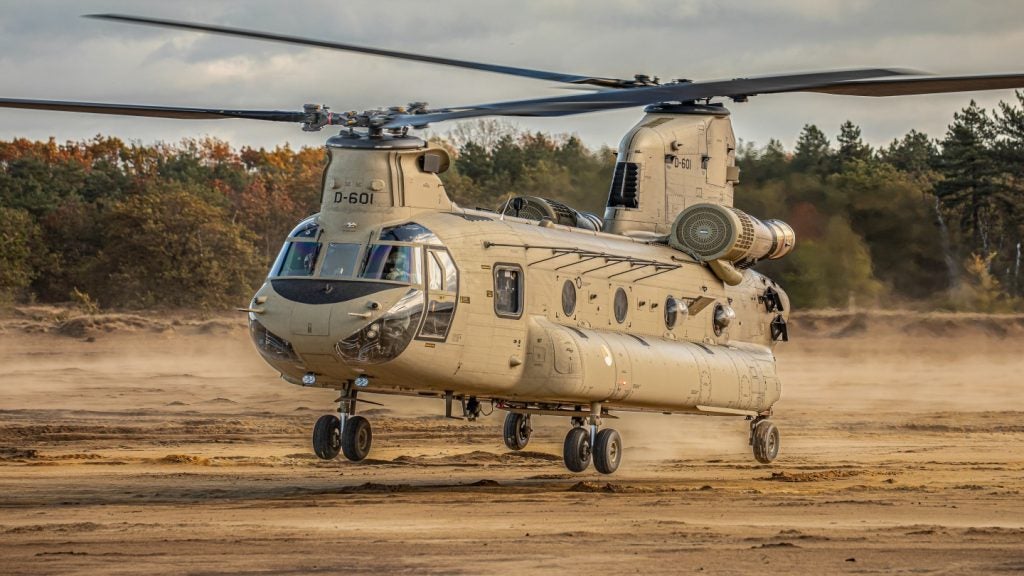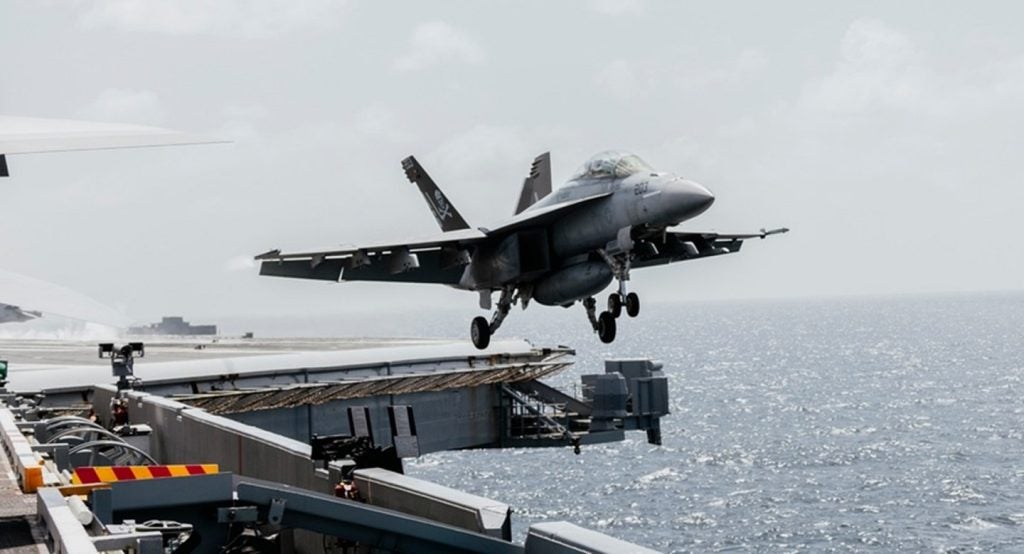With Covid-19 closing specific sites, as well as impacting different military locations differently, measures developed to counter supply chain attacks and operational tempo sustainment support stress limitations can now be applied as a means to maintain preparedness through Covid-19.
China’s People’s Liberation Army Air Force (PLAAF) Aerospace MRO planning is a key component of force preparedness, as the PLAAF planning anticipates the severing of logistics lines to operating bases in times of high intensity/ peer warfare. The expected logistics impact means the PLAAF prepositions significant stocks of spare parts in forward areas, in addition to having MRO teams to deploy rapidly by rail or air. As the PLAAF’s Equipment and Technical Department is responsible for all Aerospace MRO, including Air to Air missiles, there is an inherently centralised and coordinated system for spares, maintenance planning, and ordering. The key aspect of this process is the decentralised component whereby regional commands have pre-positioned stock, with the PLAAF typically having two or three spares on location and enough spare parts for one year of operations.
With F-35 production temporarily halted at a number of locations for varying lengths of time due to COVID-19, the potential for additive manufacturing at forward areas is once again offering a solution beyond cost-saving. The oft-cited example of the USMC printing a 9 cent part in a forward area rather than ordering a USD $70,000 part provides an example of an alternative solution to maintain operational readiness. With the F-35s well-documented ALIS problems, and uncertainty over ODIN’s ability to perform as ALIS was supposed to, COVID-19 is not the first indication that F-35 operators could be better served through decentralised component availability. This could either be through additive manufacturing, or through pre-positioned stocks as in the PLAAF example.
The real question will be what MRO and force preparedness lessons will be learnt by the different forces, as this will have critical implications for the supply chain and procurement process. With the limited availability of spare parts for F-35s, distributed production offered by additive manufacturing offers more advantages than proximity and time saving, but this has limits. With the scale of the F-35 program offering serious cost efficiencies in theory (and this being an important selling point for the program), further limits exist on what could be manufactured in forward areas in this manner. The existing issues with F-35 depots being unable to cope with demand point to greater spare build up requirements and more decentralised part repair facilities already.
Ultimately, in a short space, Covid-19 has demonstrated that force vulnerabilities in the supply chain send ripples through the system, and the end users (frontline forces) will need to learn logistics lessons from the experience. Both the PLAAF and F-35 operators deploy centralised registers and systems for centralised co-ordination of the supply chain logistics, the key distinction is in delivery of service/parts.
How well do you really know your competitors?
Access the most comprehensive Company Profiles on the market, powered by GlobalData. Save hours of research. Gain competitive edge.

Thank you!
Your download email will arrive shortly
Not ready to buy yet? Download a free sample
We are confident about the unique quality of our Company Profiles. However, we want you to make the most beneficial decision for your business, so we offer a free sample that you can download by submitting the below form
By GlobalData









Related Company Profiles
Airforce
AIR, INC
USMC Sdn Bhd
ODIN
Alis Srl